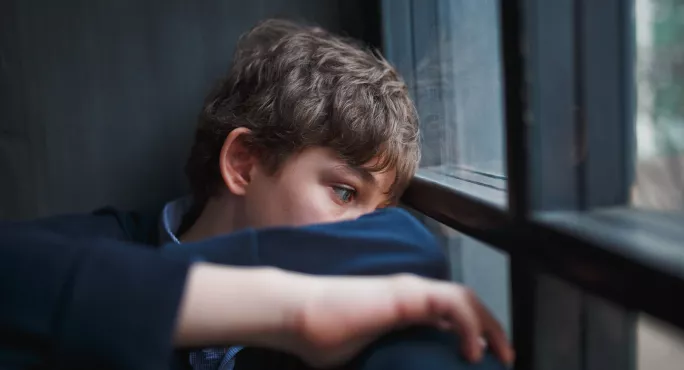I once taught a child so happy, so care free, so engaged in learning. And then, after the summer, he completely changed. He was unrecognisable.
What had happened to the child I knew?
That boy was a looked-after child, and these children come into our schools with a variety of needs. Those needs are complex and can show themselves in a variety of ways and, crucially, at different times.
Supporting looked-after children
Their life experiences co-exist alongside them, as a kind of shadow. It is not always visible, just as with the child I referred to above. But we have to remember it is there so we can offer the proper support.
It is useful to use the analogy of a Russian doll.
Sometimes, the child can show themselves as the outer Russian doll: everything seems fine, they are the perfect pupil. The outside layer can hide so many other feelings, memories and worries. They desperately try to live this picture perfect life, however exhausting it is.
The next layer involves control: the child likes to control situations, and this can cause real problems in an environment where conformity is necessary.
Defiance is the next layer and this is difficult to understand. How can a former compliant child change so much even within a day?
Inner shame is the next layer. This is such a contradiction to the outer layer. This layer gives them a feeling of being unlovable and not worthy of love. Genuine tears are shed.
Reason behind the behaviour
You will see each of these layers at different times and, as a teacher, that can make supporting the children complex.
Sometimes, you can blame yourself. This is what happened with the child above: I thought I had done something to upset them.
An outside agency brought some clarity. His sibling had moved on to secondary school and it had never occurred to me that this would have such a huge impact on this child’s whole world. Because of this event their “shadow” came back to haunt them.
I felt awful that I had not worked this out by myself.
Kindness and empathy
I have since worked out that the best way to help these children, regardless of which “layer” they are showing you that day, is empathy first and foremost.
Whatever occurs, a calm approach is necessary and you need to try and understand the mix of emotions these children feel.
It is usually very difficult to try and work on prevention in the form of identifying triggers: looked-after children have a variety of triggers that we can never fully understand.
So, empathy is the best approach when things do happen. And at other times we should focus on making that child - and indeed every child - feel safe, valued and listened to. Kindness breeds kindness is a saying used all the time in my classrooms.
These children are constantly judging themselves and they need consistent kindness. We need to spread kindness like confetti to help make these shadows fade.





